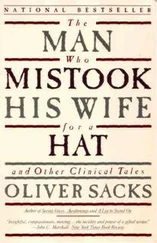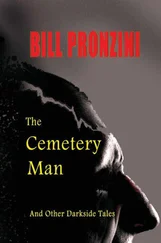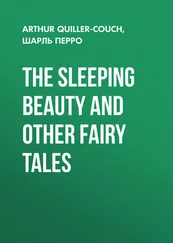A very similar situation happened with muscular dystrophy, which was never seen until Duchenne described it in the 1850s. By 1860, after his original description, many hundreds of cases had been recognised and described, so much so that Charcot said: ‘How come that a disease so common, so widespread, and so recognisable at a glance— a disease which has doubtless always existed—how come that it is only recognised now? Why did we need M. Duchenne to open our eyes?’
Indeed such a novel has been written. Shortly after ‘The Lost Mariner’ (Chapter Two) was published, a young writer named David Gilman sent me the manuscript of his book Croppy Boy, the story of an amnesiac like Mr Thompson, who enjoys the wild and unbridled license of creating identities, new selves, as he whims, and as he must—an astonishing imagination of an amnesiac genius, told with positively Joycean richness and gusto. 1 do not know whether it has been published; 1 am very sure it should be. I could not help wondering whether Mr Gilman had actually met (and studied) a ‘Thompson’—as I have often wondered whether Borges’ ‘Funes’, so uncannily similar to Luria’s Mnemonist, may have been based on a personal encounter with such a mnemonist.
A similar inability to perceive vocal tone or expression (tonal agnosia) was shown by my patient Emily D. (see ‘The President’s Speech’, Chapter Nine).
Somewhat similar states—a strange emotionalism; sometimes nostalgia, ‘reminiscence’ and deja vu associated with intense olfactory hallucinations, are characteristic of ‘uncinate seizures’, a form of temporal-lobe epilepsy first described by Hughlings Jackson about a century ago. Usually the experience is rather specific, but sometimes there is a generalised intensification of smell, a hyperosmia. The uncus, phylogenetically part of the ancient ‘smell-brain’ (or rhinencephalon), is functionally associated with the whole limbic system, which is increasingly recognised to be crucial in determining and regulating the entire emotional ‘tone’. Excitation of this, by whatever means, produces heightened emotionalism and an intensification of the senses. The entire subject, with its intriguing ramifications, has been explored in great detail by David Bear (1979).
This is well described by A.A. Brill (1932), and contrasted with the overall brilliance, the redolence, of the smell-world, in macrosomatic animals (such as dogs), ‘savages’ and children.
See Jonathan Miller’s critique of Head, entitled ‘The Dog Beneath the Skin’, in the Listener (1970).
And yet this was not invariably so. In one particularly horrifying, traumatic case, recorded by Penfield, the patient, a girl of twelve, seemed to herself, in every seizure, to be running frantically from a murderous man who was pursuing her with a writhing bag of snakes. This ‘experiential hallucination’ was a precise replay of an actual horrid incident, which had occurred five years before.
All of Luria’s early work was done in these three allied domains, his field-work with children in primitive communities in Central Asia, and his studies in the Institute of Defectology. Together these launched his lifelong exploration of human imagination.
See Francis Yates’ extraordinary book so titled (1966).
W.A. Horwitz, etal. (1965), Hamblin (1966).
Something comparable to Buxton’s mode, which perhaps appears the more ‘unnatural’ of the two, was shown by my patient Miriam H. in Awakenings when she had ‘arithmomanic’ attacks.
Particularly fascinating and fundamental problems are raised by the perception and recognition of faces—for there is much evidence that we recognise faces (at least familiar faces) directly—and not by any process of piecemeal analysis or aggregation. This, as we have seen, is most dramatically shown in ‘prosopagnosia’, in which, as a consequence of a lesion in the right occipital cortex, patients become unable to recognise faces as such, and have to employ an elaborate, absurd, and indirect route, involving a bit-by-bit analysis of meaningless and separate features (Chapter One).
On the other hand, should this discussion be thought too singular or perverse, it is important to note that in the case of the twins studied by Luria, their separation was essential for their own development, ‘unlocked’ them from a meaningless and sterile babble and bind, and permitted them to develop as healthy and creative people.











